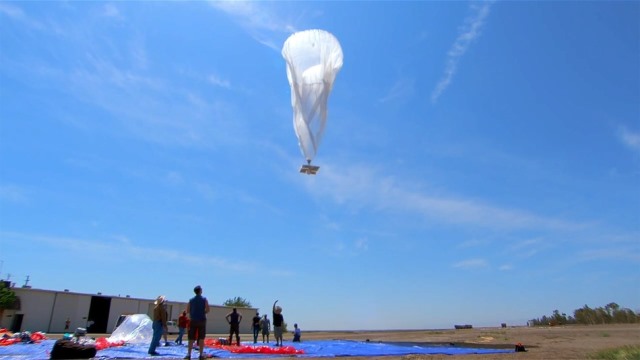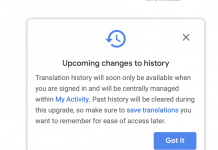If we say that Google is experimenting with balloons, readers would think of it as a ludic activity, but it turns out it’s one of Google’s most altruistic endeavors yet.
So, what is Google’s Project Loon, and why does it matter? Well, it’s just basically Google trying to get internet everywhere in the globe. Literally everywhere.
There is a city in Brazil called Campo Maior, which has restricted Internet access because of its remote location and lack of infrastructure. We’re talking “try to climb up on a tree to see if your cellphone works” issues. Yet, a few days ago, Campo Maior’s was one of the first beneficiaries of Google’s Project Loon, that is, they had internet beamed directly to them from a balloon relay. No cables, no optic fibers, just a high-elevation Wi-Fi balloons.
The California company had set their goals high: to bring Internet to every corner of the Earth, and now after a full year of work, we begin to see the first results of such an endeavor. As the Google team explained in the Project Loon Google+ page, there are lots of factors to take into account, and different weather conditions all across the Earth, but if those kinks got ironed, they’d be able to “provide Internet signal directly to mobile phones, opening up more options for bringing Internet access to more places.”
One of their first balloons, the Ibis-167, went around the world in just 22 days, and there are already more on the way which are supposed to stand on air for over 100 days at a time. This would extend to provide up to 4G services for phone devices, too, which we’re sure many countries would benefit from.
Head of Google X Astro Teller has voices his hope that the company would soon be able to move beyond their test phase, and bring Internet to the masses. We, for one, can’t wait.
Source: CNET
Be social! Follow Walyou on Facebook and Twitter, and read more related stories at Google’s Acquisition Spree Reaches into Space and Google Is Rumoredly Planning to Launch Android TV at I/O This June.











